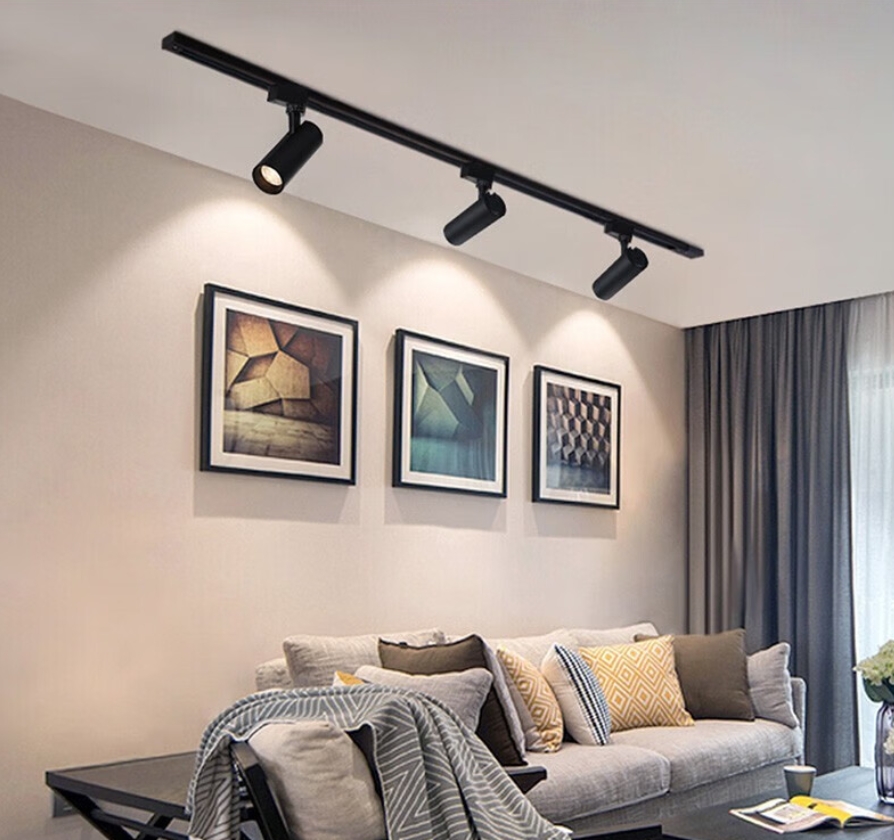A 22 years experienced manufacturer who has cooperated with 380 brands
- All
- Product Name
- Product Keyword
- Product Model
- Product Summary
- Product Description
- Multi Field Search
Author: Site Editor Publish Time: 2025-04-29 Origin: Site
In modern home design, lamps not only bear the function of lighting, but also are important elements for creating space atmosphere. Different rooms have different uses and different requirements for brightness. If the brightness is not chosen properly, it may affect the comfort of life and even the health of vision. So, how should we choose the appropriate brightness of lamps according to the functions of different rooms?
1. Understand the basic unit of "brightness"
Before choosing lamps, we must first understand the common unit of brightness "Lumen" (Lumen, abbreviated as lm), which represents the total luminous flux emitted by the light source. Watt (W) represents power consumption, while lumen truly reflects brightness. Generally speaking, the higher the number of lumens, the brighter the light.
2. Recommendations for choosing the brightness of lamps in different rooms
(1)Living room: warmth and multi-function
The living room is usually the most active space in the home, which requires bright light to receive guests and a warm atmosphere for leisure and entertainment. It is recommended that the main light use a brightness of 100-150lm/, and match it with floor lamps or downlights to achieve zoned lighting and facilitate atmosphere adjustment.Lighting suggestion: warm white light (3000K–4000K) is more cozy.

(2)Bedroom: softness is the main priority, sleep aid is the priority
The bedroom is a resting space, and too strong light can easily affect sleep. It is recommended to control the brightness at 75–100lm/, and match it with a bedside lamp or wall lamp. You can use dimming lamps to adjust the brightness according to the usage scenario.Lighting suggestion: warm light (2700K–3000K) is more conducive to relaxation.
(3)Kitchen: high brightness and uniformity to ensure safety
The kitchen requires higher brightness to assist cooking operations, and it is recommended to use 150–300lm/ lighting. Lamps should cover the working area, especially the stove, sink, etc.Lighting suggestion: neutral white light (4000K) is the most suitable, which is bright and not dazzling.
(4)Restaurant: focus on lighting to create an atmosphere
Restaurant lighting should not only illuminate the food, but also create a warm dining atmosphere. A brightness of 100–200lm/ can be used. Pendant lights or local spotlights are good choices.Lighting recommendations: Warm light of around 3000K makes food look more appetizing.
(5)Study: High brightness and clarity to protect eyesight
The study has the highest lighting requirements, with a brightness of 250–500lm/, especially in the desk area. It is recommended to use lamps with a high color rendering index (CRI>80) and anti-glare.Lighting recommendations: Cold white light (around 5000K) helps to concentrate.
(6)Bathroom: Bright and clear, avoid shadows
The bathroom requires bright and dead-angle lighting, with a recommended brightness of 100–200lm/. The mirror light is particularly important, and facial shadows should be avoided.Lighting recommendations: Neutral white light (4000K) takes into account both functionality and comfort.

(7)Corridor/entrance: Safety first, moderate lighting.
These areas do not need too high brightness, 50-100lm/ is enough. You can consider installing induction lights or footlights to enhance nighttime safety.Lighting suggestions: Soft white light or warm light are both acceptable, mainly considering guidance and safety.
3. Some additional suggestions
(1)Layered lighting: A single light source is difficult to meet all needs. It is recommended to match main lights, auxiliary lights, and decorative lights to achieve layered lighting.
(2)Dimming function: Dimmable lamps can adapt to different situations and enhance the living experience.
(3)Color rendering index (CRI): Try to choose lamps with a CRI higher than 80, which can more realistically restore the color of objects.

4. Conclusion
Reasonable lighting design can not only improve the quality of life, but also help create an ideal home atmosphere. Choosing the brightness of lamps that suit the functions of each room is an important step that cannot be ignored in home lighting. According to the purpose and atmosphere requirements of different spaces, scientifically matching brightness and color temperature can truly achieve a comfortable and beautiful living environment.
content is empty!